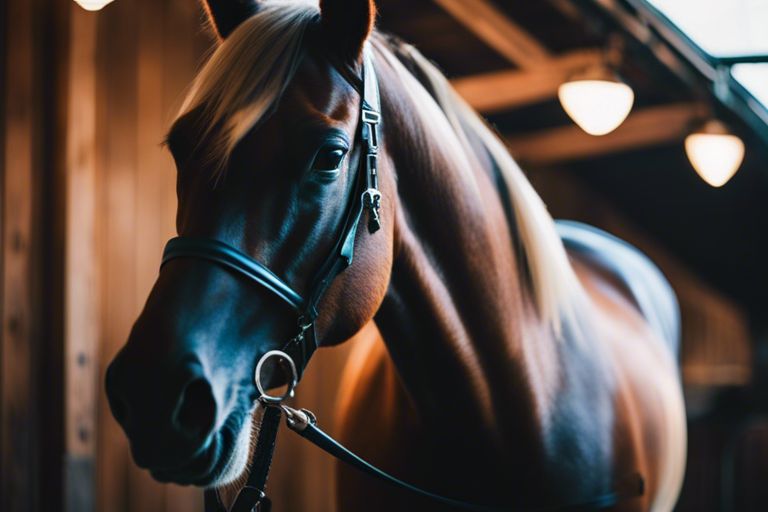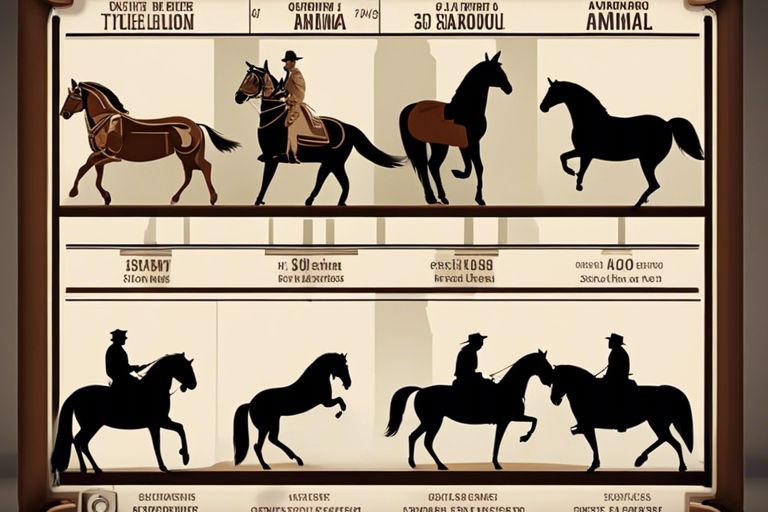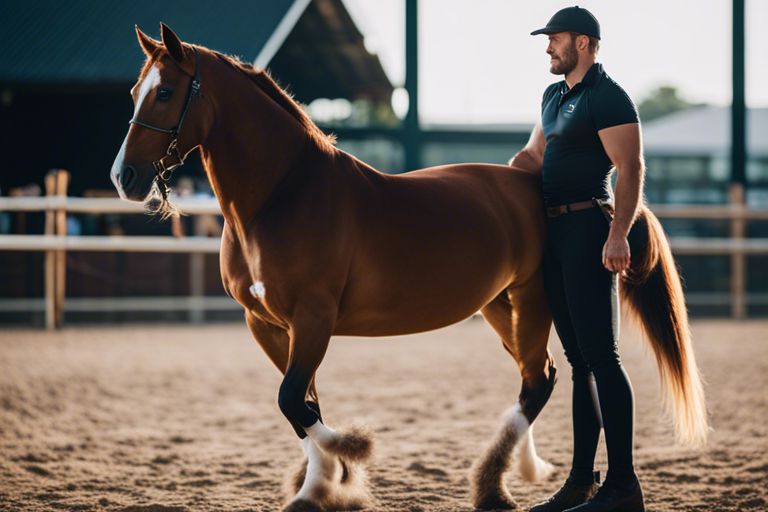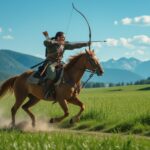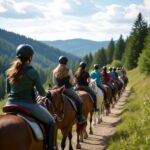With your upcoming dressage competition on the horizon, it is crucial to prepare meticulously to ensure a successful performance. To navigate the intricate world of dressage with grace and precision, you must focus on honing your skills, fine-tuning your horse’s performance, and mastering the art of presentation. In this guide, you will discover important tips and techniques to elevate your preparation and boost your chances of triumph in the arena.
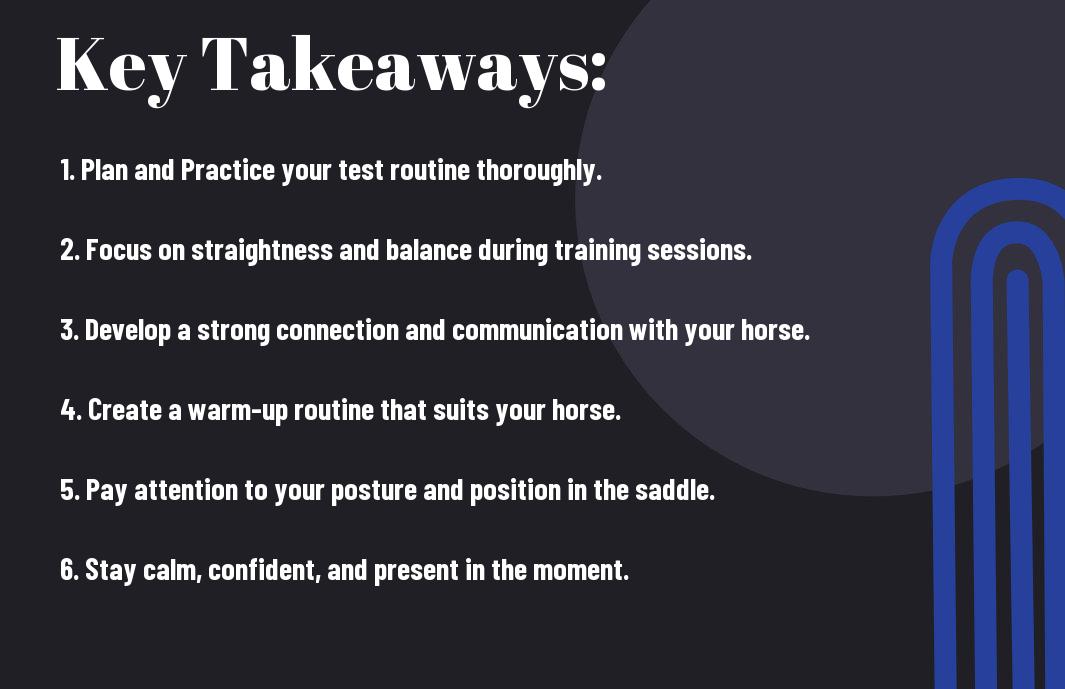
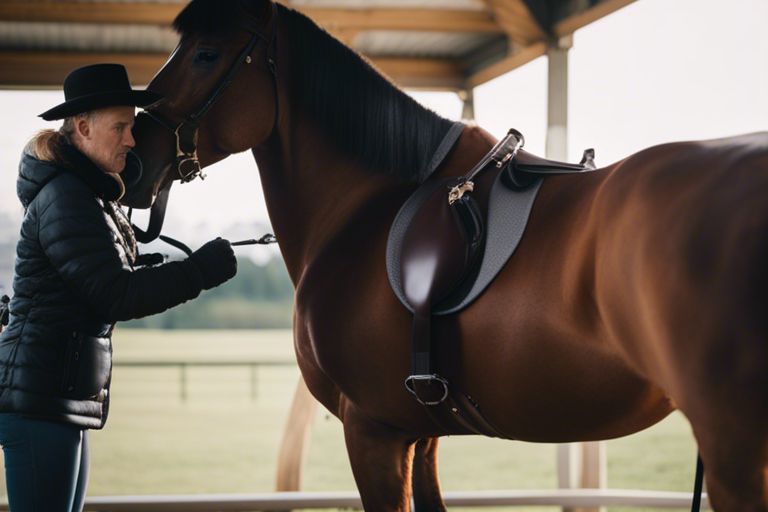
Setting Goals and Expectations
Defining Your Objectives
The first step in preparing for a dressage competition is setting clear objectives for yourself. Whether you aim to improve your scores, perfect a specific movement, or simply gain more experience in the ring, establishing your goals will help guide your training and focus your efforts.
Assessing Your Current Level of Riding
Before you begin training for a competition, it’s crucial to evaluate your current level of riding. Assess your strengths and weaknesses, identify areas that need improvement, and determine the skills you need to work on to achieve your competition goals. Understanding where you stand will enable you to create a tailored training plan that addresses the specific areas that require attention.
Preparing Your Horse
Even before you start working on your own preparation, it is necessary to ensure that your horse is also ready for the competition. Here are some tips on how to get your equine partner in prime condition:
Conditioning and Fitness
To prepare your horse for the dressage competition, it is crucial to focus on their conditioning and fitness levels. Gradually increase the intensity and duration of your horse’s workouts to build up their stamina and muscle strength. Regularly incorporate exercises that target the specific muscles used in dressage movements to improve their flexibility and overall performance.
Grooming and Presentation
An important aspect of preparing your horse for a dressage competition is grooming and presentation. Spend time grooming your horse thoroughly, ensuring their coat is clean and shiny. Trim any excess hair, especially around the ears and legs, to give your horse a neat appearance. Pay attention to their mane and tail, keeping them well-kept and free of tangles.
For instance, brushing your horse’s mane and tail not only improves their appearance but also prevents tangles and knots that could be distracting during your performance. Additionally, consider using grooming products to enhance the shine and health of your horse’s coat, making them look their best in the show ring.
Saddle Fitting and Equipment Check
For a successful dressage competition, it is crucial to ensure that your saddle fits your horse correctly. An ill-fitting saddle can cause discomfort and pain, affecting your horse’s performance. Consult with a professional saddle fitter to assess your current saddle or to find a suitable one for your horse’s conformation.
Your equestrian equipment should also be thoroughly checked before the competition. Make sure that your bridle, bit, and any other gear are clean, in good condition, and properly fitted. Faulty equipment can be dangerous during your performance, so it is necessary to inspect everything beforehand to avoid any issues on the day of the competition.
Mastering Dressage Fundamentals
Many keys to success in dressage lie in mastering the foundational elements of riding. These fundamentals include developing a strong seat, independent legs, and steady hands.
Basic Riding Skills: Seat, Leg, and Hand
Mastering your seat is crucial in dressage, as it is the foundation of your communication with your horse. A strong and balanced seat allows you to move with your horse’s motion, maintaining stability and harmony. Your legs should be independent and responsive, providing subtle aids to guide your horse. Similarly, your hands should be steady and soft, giving clear signals without being restrictive.
Transitions and Figures
To excel in dressage, you must be able to execute smooth transitions between different gaits and movements. Practice riding accurate figures such as circles, serpentines, and diagonals to improve your horse’s suppleness and responsiveness. These exercises also enhance your ability to ride precise patterns in the competition arena.
For instance, mastering the half-halt aids in transitions and figures is vital for refining your horse’s balance and engagement. The half-halt is a subtle combination of your seat, legs, and hands that signals to your horse to rebalance and prepare for a change in gait or direction. By perfecting this technique, you can ensure seamless transitions and precise figures in your dressage tests.
Impulsion and Collection
For optimal performance in dressage, you must understand and cultivate impulsion and collection in your horse. Impulsion refers to the horse’s energy and forward momentum, while collection involves gathering that energy and channeling it through proper engagement and balance.
For dressage competitions, you should aim for a balance between impulsion and collection to showcase your horse’s athleticism and obedience. Develop a strong seat and use your aids effectively to encourage impulsion without sacrificing your horse’s balance and collection. Note, each movement in dressage requires a careful balance of these elements to execute with precision and grace.
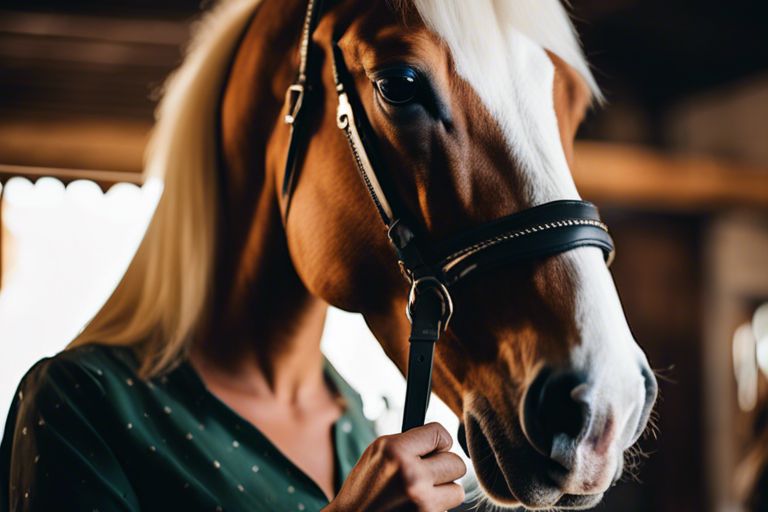
Perfecting Your Test Riding
Familiarizing Yourself with the Dressage Arena
All equestrian competitions are held in a dressage arena, which is a specific space where you’ll perform your test. Familiarize yourself with the dimensions of the arena so you can plan your movements accordingly. Visualize how you will ride your test in this space to feel more prepared on the day. Spend time watching other riders or even walking the pattern yourself to get a feel for the arena layout.
Riding a Smooth and Accurate Test
Test the accuracy of your movements and transitions at home by riding the test in its entirety in your training sessions. Focus on maintaining a consistent rhythm and tempo throughout. Practice precise transitions and make sure your horse is responsive to your aids. Mentally rehearse each movement, visualizing yourself and your horse executing it perfectly.
To
Managing Your Nerves and Focus
Focus on your breathing to help calm your nerves before entering the arena. Take deep breaths and visualize yourself riding a successful test. Stay present in the moment and avoid thinking too far ahead. A positive mindset and belief in your preparation will help boost your confidence when under pressure.
For instance, if you feel nervous before entering the arena, try using a simple mantra or positive affirmations to keep yourself focused. Remind yourself of your training and preparation, trust in your horse, and remember that mistakes are a part of the learning process. Stay focused on the present moment and ride each movement to the best of your ability. Trust in your skills and enjoy the journey of competing in dressage.
Fine-Tuning Your Performance
Refining Your Horse’s Gaits and Movement
After dedicating time to perfecting your routine, it’s time to focus on refining your horse’s gaits and movements. Work on achieving consistency in the rhythm, tempo, and cadence of each movement. Aim for smooth transitions between gaits, ensuring your horse maintains balance and grace throughout.
Enhancing Your Horse’s Responsiveness
Your horse’s responsiveness is crucial for a successful dressage performance. Practice exercises that improve your horse’s obedience to subtle cues. Use transitions within gaits, leg yields, and lateral movements to enhance your horse’s agility and responsiveness to your aids.
Plus, incorporate ground poles and cavalletti work to enhance your horse’s coordination, balance, and responsiveness to your aids. These exercises will not only improve your horse’s physical conditioning but also help develop a stronger connection between you and your horse.
Polishing Your Riding Style
Your riding style plays a significant role in the overall impression you make in a dressage competition. Focus on your posture, position, and aids to communicate effectively with your horse. Ensure your seat is deep and secure, your legs are steady, and your hands are soft and following the motion of your horse.
Enhancing your riding style involves refining your aids to be more precise and subtle. Work on timing your aids with your horse’s movement to achieve seamless communication. Note, the goal is to appear effortless and harmonious in your partnership with your horse.
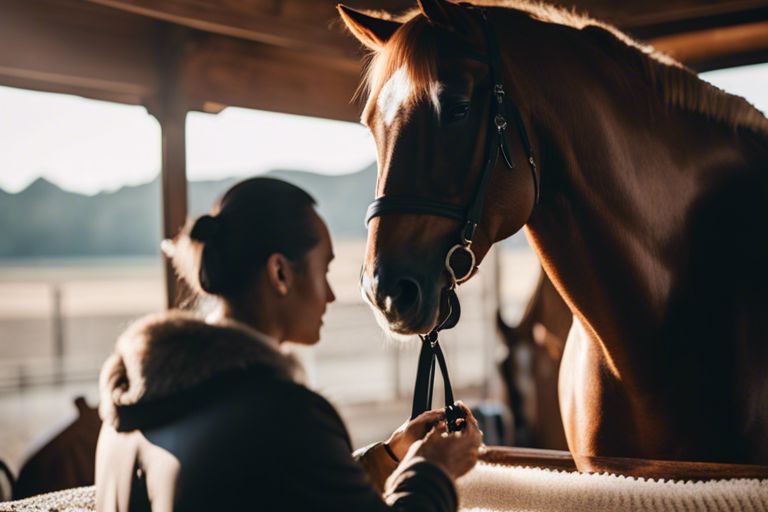
Pre-Competition Preparation
Now, as you gear up for your upcoming dressage competition, it is crucial to ensure that your pre-competition preparation is on point. This phase is key to setting yourself up for success on competition day. Let’s examine into some vital aspects of pre-competition preparation.
Planning Your Competition Schedule
On the days leading up to the competition, it’s vital to plan your competition schedule meticulously. Make sure you know the timing of your events, warm-up sessions, and any other activities you need to participate in. Create a detailed timeline that outlines when you need to arrive at the venue, when you will ride, and when you can take breaks. By having a well-thought-out schedule, you can alleviate any last-minute stress and focus solely on your performance.
Packing and Organizing Your Equipment
Competition day can be hectic, so it’s vital to pack and organize your equipment in advance. **Competition** Ensure that your saddle, bridle, grooming supplies, and any other necessary gear are clean, in good condition, and ready to go. Pack your competition attire, including your show coat, breeches, and boots, in a separate bag to keep them clean and wrinkle-free. Having a checklist of all the items you need to bring can help you stay organized and avoid forgetting anything crucial on the day of the competition.
To make your life easier, consider creating a designated space in your trailer or tack room where you can store all your competition gear. **This** will make it easier to find everything quickly when you need it and prevent items from getting misplaced or damaged. Keeping your equipment well-organized will not only save you time and stress but also ensure that you are fully prepared for your dressage competition.
Mental Preparation and Visualization Techniques
To really excel in your dressage competition, mental preparation is just as important as physical preparation. **To** help calm your nerves and focus your mind, practice visualization techniques leading up to the event. Find a quiet space where you can sit comfortably and visualize yourself performing a flawless dressage test. Envision every movement, transition, and element of your routine in vivid detail. By mentally rehearsing your performance, you can boost your confidence and be better prepared to tackle any challenges that may arise on the day of the competition.
The **key** to effective visualization is to engage all your senses in the process. Imagine the sound of your horse’s hooves, the feeling of its movements beneath you, and the sights and sounds of the competition arena. By incorporating sensory details into your mental rehearsal, you can create a more immersive and impactful visualization experience. This technique can help you feel more confident, focused, and mentally prepared when it’s time to step into the arena for your dressage competition.
Summing up
With this in mind, as you prepare for a dressage competition, remember to focus on building a strong partnership with your horse through consistent training and communication. Pay attention to the details, from your attire to your horse’s grooming, and make sure both of you are well-prepared physically and mentally. By following the tips and techniques outlined in this article, you can approach the competition with confidence and poise, ready to showcase your skills and bond with your equine partner.
FAQ
Q: What should I focus on when preparing for a dressage competition?
A: When preparing for a dressage competition, focus on perfecting your horse’s movements, your own position and aids, and creating a harmonious connection with your horse.
Q: How can I improve my dressage skills before a competition?
A: To improve your dressage skills before a competition, practice regularly, take lessons from a qualified instructor, and work on both physical conditioning and mental focus.
Q: What are some common mistakes to avoid in dressage competitions?
A: Common mistakes to avoid in dressage competitions include incorrect geometry in movements, lack of impulsion, uneven contact with the bit, and tense or rushed movements.
Q: What are some tips for staying calm and focused during a dressage competition?
A: To stay calm and focused during a dressage competition, take deep breaths, visualize your performance beforehand, trust in your preparation, and focus on each movement as it comes.
Q: How can I make the most of my warm-up routine before a dressage competition?
A: To make the most of your warm-up routine before a dressage competition, focus on suppling exercises, transitions, and getting your horse responsive and engaged. Allow plenty of time for both physical warm-up and mental preparation.
